
Discussing Droop
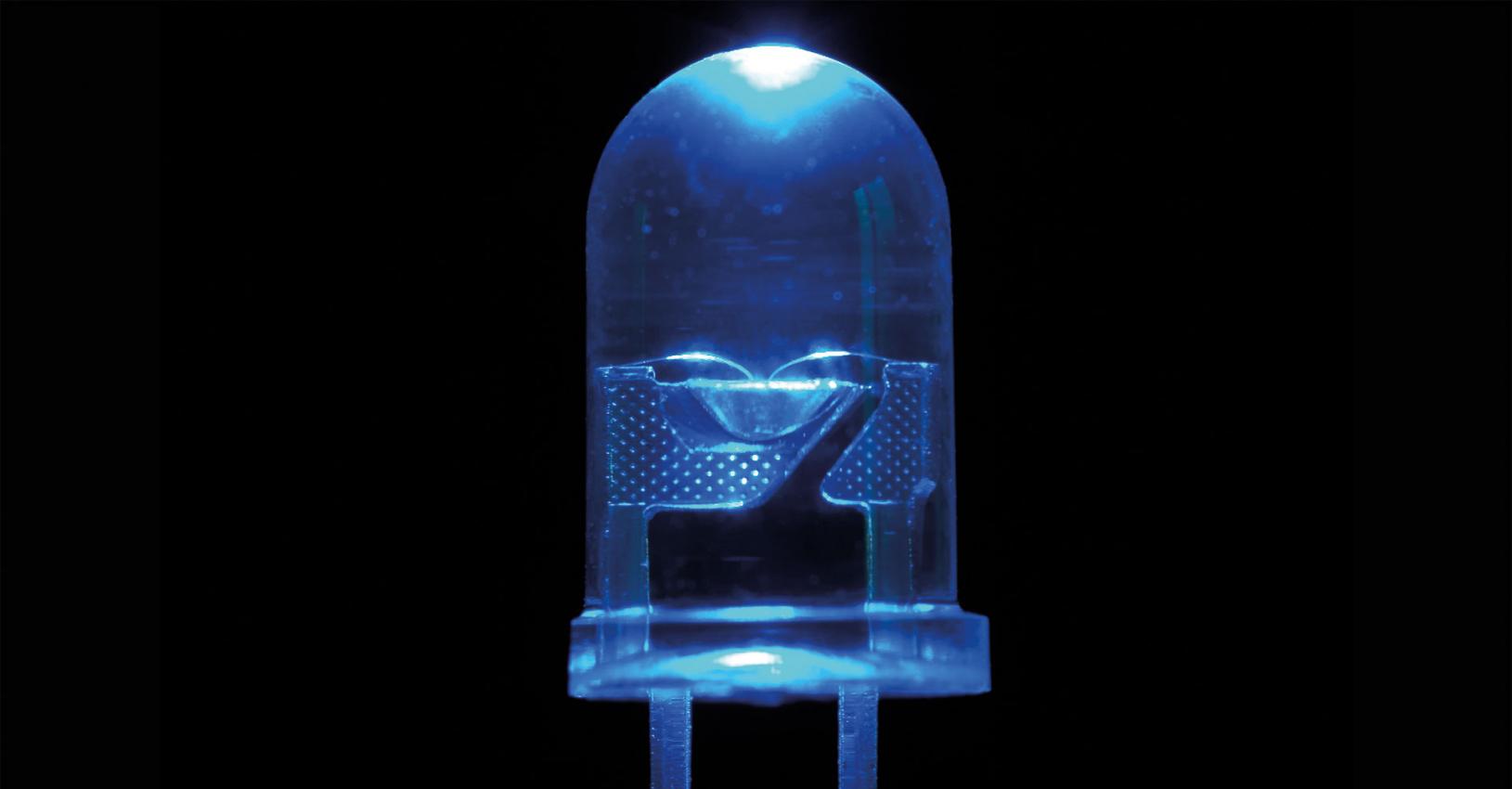
Mike Krames, leader of the team that identified Auger recombination as the cause of GaN-based LED droop, discusses his early work on this topic, his views on related experiments, and how this malady impacts green and ultraviolet LEDs
BY Richard Stevenson
RS: When you led the team at Lumileds’ Advanced Laboratories, you started looking at the potential causes of droop in the early 2000s. How did this work unfold?
MK: We first thought there was a current-injection problem. We put together a team, and within less than a year of measurements we knew we had something else.
We started to pare back the problem. Rather than electrical injection, we would just excite carriers in the active region and see what happened. I authorised Gerd Mueller, who was in my group, to put together a selective excitation optical measurement tool. This set-up required a very expensive tuneable laser, which produced very high power pulses. Gerd got that up and running and we started to inject photo-carriers directly into undoped structures. By 2004 – or 2005 at the latest – we had what looked like Auger recombination. We would directly photo-inject carriers, raise the carrier density and see the light output roll off and lifetime shorten.
Later on we carried out one of the critical experiments that proved leakage plays no role whatsoever. Aurélien David carried out a closed-circuit, reversed-biased LED experiment. He photo-injected carriers and looked for leakage. When he increased photoexcitation into the Auger regime there was no observed increase in leakage current at the terminals. So it couldn’t be leakage – it had to be recombination happening within the active region. So we had very strong evidence that it was an Auger-like process.
RS: In early 2007 Lumileds issued a press release saying it had fundamentally solved droop, but did not divulge the details. In the months that followed, did you personally get a lot of enquiries from people asking for more information?
MK: We did, and frankly a little bit of flack as well. ‘Fundamentally solved’ was marketing language and frankly something I was not thrilled about. But I stopped short of escalating to the CEO and saying ‘over my dead body’.
What we did know is that we had a fundamental understanding of droop that we believed later would be proven. Droop is not something that is solved, because Auger recombination is a band structure phenomenon. If you have a carrier density of a certain level, you have Auger carriers. And so every commercial GaN-based LED today has some Auger loss.
RS: Later in 2007, at the International Conference on Nitride Semiconductors in Las Vegas, you presented the details on the cause of droop. What was the reaction?
MK: It was a really charged atmosphere when we walked the floor. The notion of Auger recombination having a meaningful effect in wide bandgap semiconductors was not known – was frankly not even considered. If you look at Shuji Nakamura’s book on the blue laser diode, and Joachim Piprek’s estimates of the coefficient, Auger recombination was considered to be negligible. Auger had been ignored by the GaN community. And here we were showing that not only can you not ignore it – that it is the number-one cause of loss in high-performance LEDs at the current densities we like to run at.
A lot of people were like ‘wow, really’, and some academics probably thought they should have discovered this first. Frankly, there were some who just couldn’t believe it. A lot of the academics feel that they should be leading the way most of the time, but industrial researchers, when they get on to something can move the needle quite a bit, and that’s certainly true in LEDs.
I should point out that just because Auger recombination is the main, dominant mechanism, it doesn’t mean that you can’t have a leakage current problem. You can have a bad diode. You get that in academia a lot. You see from papers when diodes are not well designed. It’s hard to optimise an LED: you have to have very good control over growth, interfaces and doping; and you have to do it just right. If you get any of that wrong you are going to see leakage.
The point is that for the optimised structures that Lumileds is growing, Osram is growing, Nichia is growing and Cree is growing, you don’t have that problem. You have rollover not from leakage, but from Auger recombination.
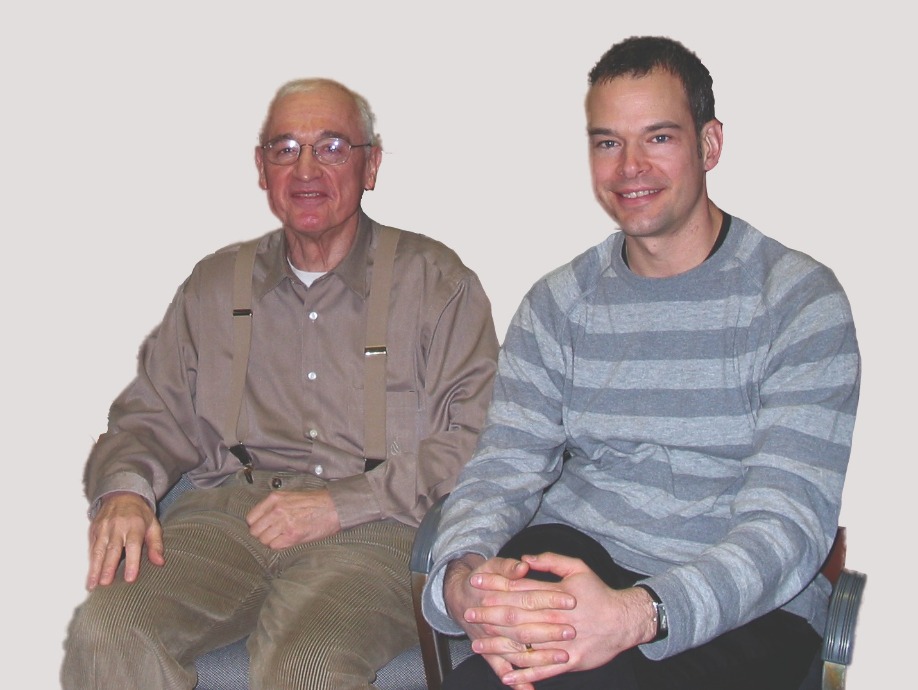
Mike Krames has kept in good touch with his PhD supervisor Nick Holonyak, Jr., who is the inventor of the LED and led a group at the University of Illinois at Urbana Champaign. Here, Krames is making a visit during his time as leader of Lumileds’ Advanced Laboratories.
RS: Has your understanding of droop led to better devices?
MK: At Lumileds we reduced droop quite a bit. In 2015, I used my understanding of Auger at Soraa to make, what I believe, are the world’s best LEDs ever published. Operating in the violet, these devices had an 84 percent power conversion efficiency. That’s a far cry from where almost all LEDs are, even today.
The structures we used at Soraa were very, very highly optimised. We reduced the carrier density as much as we could – you can’t too much or you’ll end up in the Shockley-Read-Hall regime – but the peak efficiency for these diodes was at a pretty healthy tens of Amps-per-square-centimetre. We operated these devices up to 200 Amps-per-square-centimetre in lighting products.
RS: Several research groups working on droop have questioned the validity of the ABC model to fully account for the behaviour on an LED. What are your thoughts on this matter?
MK: There are different versions of the ABC model. It’s easy to poke fun at it because it is simple, and I think academics don’t like it because it is too simple. The truth, though, is that if you have structures where leakage is negligible – and that’s true for very high quality, optimised LEDs in GaN – then the ABC model fits the data quite well.
You need to account for the fact that each of these terms has some carrier density dependence. So if you mean the ABC model as purely A is a constant, B is a constant, C is a constant, the fit is not going to be so great. But you can get an extremely good fit if you use an adjustable version that is carrier-density dependent. For example, you use a biomolecular radiative rate that reduces a little bit due to phase-space filling, and you have some linkage between A and C, because Auger rates are influenced by defect scattering.
If you have leakage, or something else, you need to add additional terms. But from a practical view, for those of us who are leading the industry in LED development, the ABC model has been very useful.
Martin Strassburg and colleagues at Osram Opto Semiconductors used the ABC model quite effectively as a very simple way to estimate internal quantum efficiency, by just measuring the shape of this curve. Trying to measure absolute quantities is extremely difficult, so if you have a trick that enables you to do it faster and simpler, that’s really powerful.
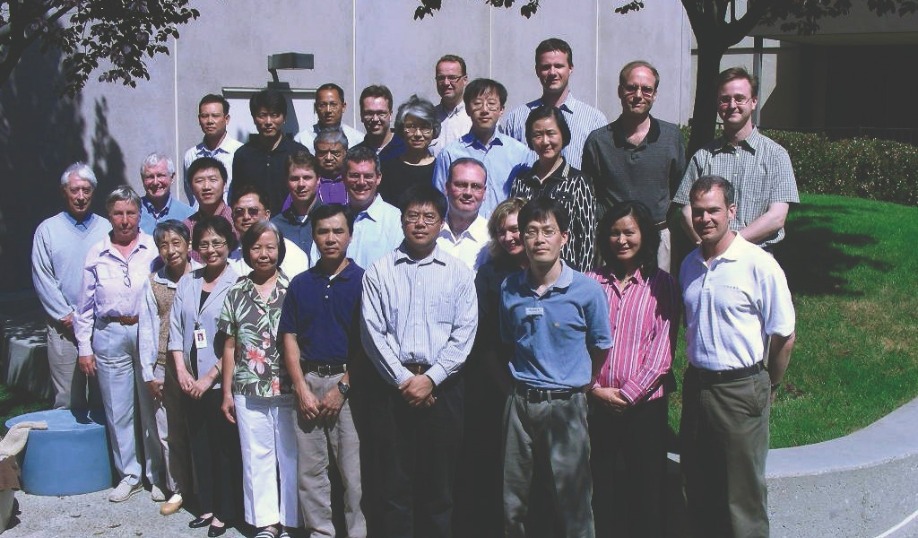
Mike Krames (bottom right), leader of the Lumileds Advanced Laboratories, put together a team from scratch that eventually numbered around 40 researchers.
RS: Have you had much support for your work from theorists?MK: Chris Van de Walle at the University of California, Santa Barbara, did some first-principles calculations to show that defect-mediated or alloy-scattering-mediated Auger recombination could happen in InGaN and result in Auger coefficients of the order we were measuring. That was helpful, because it got the theoretical community involved in thinking about how we could attribute our findings.
RS: In the Spring of 2013, Claude Weisbuch’s team at the École Polytechnique in France, working with researchers at the University of California, Santa Barbara, claimed they had irrefutable evidence for Auger as the cause of droop. This team injected carriers into the quantum well and recorded both the light emission and the energy of electrons exiting the device through the p-side. At higher currents they detected higher energy peaks associated with vacuum-emitted electrons, and argued this could only be caused by Auger electrons. Do you, like this group, see this experiment as the ‘smoking gun’?
MK: Yes, very much so. This work showed hot electrons coming off the surface of the LED. How do the electrons get all that energy? Auger scattering is by far the most likely process. The fact that they saw the increase in the hot carriers right around the point that you start to see the rollover is too much to be a coincidence.
RS: Has there been any important work on droop in the last few years?
MK: Aurélien David, who came to Soraa from Lumileds after me, has done some really nice work on the details of recombination processes in InGaN. He considered the Auger process in more detail – whether it’s an electron-electron-hole process or an electron-hole-hole process, and whether the Auger scattering increases with defects, which it seems to. His work is, for me, the most clear assessment. He takes into account all the different recombination and traffic pathways, on materials that are very, very high quality, so you get the cleanest picture of what is going on.
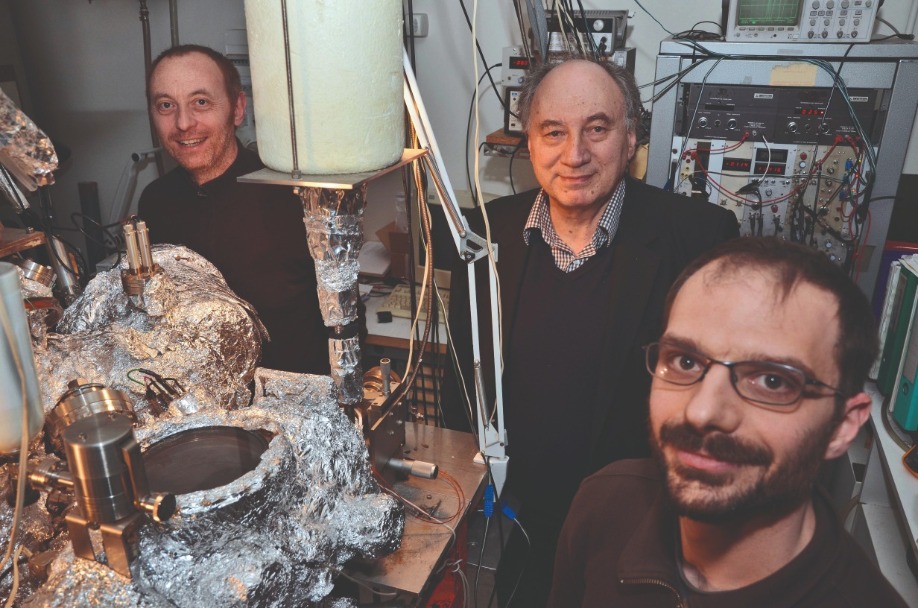
By simultaneously measuring light emission and the energy of hot electrons, researchers led by Claude Weisbuch, from École Polytechnique, France, offered a new way to observe the behaviour of carriers in LEDs. Mike Krames has a very high opinion of this work, which provides further evidence that Auger recombination is the cause of LED droop
RS: Have there been any papers published that have made you reconsider your views on droop, and led to a few sleepless nights?
MK: No. There’s been a lot of interesting work around alloy fluctuations, especially for high indium-nitride mole fraction LEDs, like green LEDs. Some groups were arguing that alloy fluctuations cause droop, not Auger. But the issue is that there has to be some loss mechanism for the carriers, as otherwise they are going to hang out until they recombine. You then get back to Auger.
RS: My impression is that within the community that has studied LED droop, the vast majority of researchers, regardless of what they postulate, are tending to take an entrenched position. Will it take a new generation of researchers, approaching this topic with an open mind, to bring the debate on droop to
an end?
MK: It’s possible that my views are skewed, but I don’t see this debate. At least, for those whose life depends on the performance of these devices, it’s quite clear what the issue is. It’s a tough problem, and that’s why we still have droop in these LEDs. It would be quite ironic if we had a current leakage problem that the entire GaN community in the world over ten years, with billions of research spent, couldn’t have solved. The problem is bigger than us – it’s Mother Nature, it’s the band structure that allows this to happen.
RS: Has it been necessary to combat droop to drive LED lighting forward. Or has the overcapacity in the LED market, and the tumbling price of these chips, had a bigger impact?
MK: What you see is people designing LEDs to run at lower and lower current densities. 6 volt devices are being used, or even 9 volt or 12 volt, where you have two or more junctions monolithically, or two separate diodes, connected in series. Rather than having twice the current density, you cut the current density in half, so you are stacking voltage instead of current. That is a way to increase the light output without the current density, so you can do it without very large Auger losses.
You also see devices that are quite large, so the current density is quite low, such as around 1 Amp per square centimetre. In that regime the Auger loss is not very large.
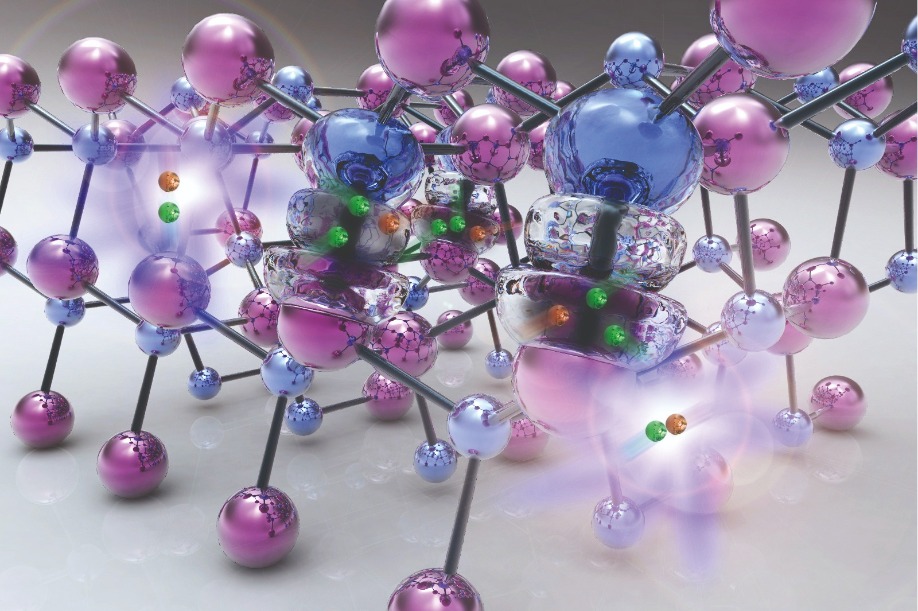
Theoretical simulations by Chris Van de Walle and co-workers from the University of California, Santa Barbara, provided great insight into the nature of Auger recombination in GaN LEDs. This team found that indirect Auger recombination involving phonon coupling and alloy scattering is the primary loss mechanism in high-quality GaN LEDs operated at high current densities.
RS: Do you feel that you are best known for your work on droop?
MK: I guess I’m known as a high-power LED guy that has dealt with a lot of issues to help move the field to where it is. Auger is one of those issues.
I was looking at Google Scholar citations. That first paper on droop, appearing in Applied Physics Letters, is in the top five of my most-cited papers. But it’s not the top.
The top is a review paper I was coaxed into writing for the IEEE Journal of Display Research, which had a special feature on LEDs. I reluctantly wrote it because it was going to take a lot of time, and I had other things to do. But I did it. Now I realise that nobody had written down what we were doing as an industry at that time. So all of that buzz we talk about in 2007, all of that energy, there wasn’t a storyline around that.
I think the reason people like that paper is that it captures that story about the transition from small LEDs to power LEDs. The main point of the paper was looking ahead to where can LEDs reasonably be expected to go. At the end of 2007, I reasonably expected LEDs to get to 160 lumens per Watt. It turns out I was not optimistic enough, but I was not hugely off!
RS: In the intervening years you moved to Soraa, and are now at Arkesso. Could you explain what Arkesso does?
MK: Arkesso is a consultancy firm based in Palo Alto, California, that focuses on wide bandgap semiconductor materials and applications. It’s not limited to LEDs; it also branches out to laser devices, electronic devices, and a wide range of applications. While this includes lighting, we have moved into other areas recently: displays, microLEDs, photonic integrated circuits.
I typically work with both small companies and large companies. With small companies, it’s often related to typical Silicon Valley start-up stuff, such as business plans, fund raising; and with the bigger companies, it’s often helping them to partner with smaller companies with the technology they need to move forward. There’s also private equity, venture capital, and identifying opportunities for investment in areas of my core competence. So it’s a multi-faceted consultancy firm.
There are at least two areas where droop is showing up now and again today. One is microLEDs, because we are always dealing with trying to optimise the device, and droop is there. The other is AlGaN-based, deep-UV LEDs.
There is an interesting debate around whether Auger will be a problem for these UV LEDs. I have seen so many curves that I wonder if that is not in fact the case. I did raise it with Chris Van de Walle at one of the last nitride conferences. He said he hadn’t done the direct calculations for AlGaN, but based on work on Auger in an InGaN alloy, he would guess that all of these wide bandgap semiconductors have a point where it is likely that an alloy scattering or defect-assisted Auger process will kick in. So it’s very likely that droop is an issue for UV LEDs. We’ll have to go after it like we did with blue LEDs, by engineering the carrier injection and density in the most effective way.
Mike Krames: Academia, industry and consultancy
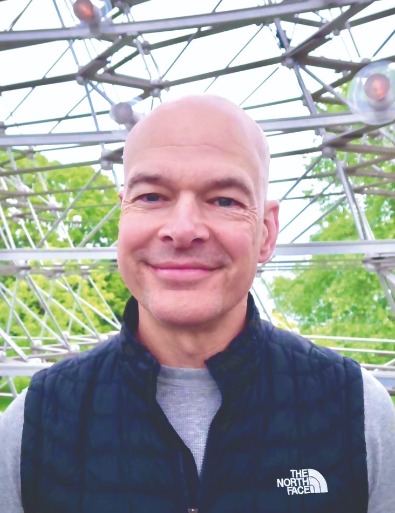
Mike Krames has tremendous experience in optoelectronic devices, and in particular LEDs. He was awarded a BSc in Electrical Engineering from The University of Texas at Austin with High Honors, then spent his formative years at the University of Illinois at Urbana Champaign, gaining an MSc in Electrical Engineering before embarking on a PhD in Nick Holonyak, Jr.’s, group. After gaining a doctorate for the development native-oxide based optoelectronic devices, including laser diodes and waveguides, in the InGaAsP-InP and AlGaAs-GaAs material systems, he left academia in 1995.
His work in industry began by taking a position as a research engineer in Hewlett-Packard’s Optoelectronics Division. There, he initially developed high-power visible LEDs based on the AlGaInP material system, before transitioning to work on III-N LEDs. In 1999 Hewlett-Packard spun out Agilent Technologies, a move that transferred the LED business into new hands, with Lumileds Lighting created in November that year in a joint venture with Philips Lighting.
The new venture demanded research and development capability for its LEDs. Krames approached CTO George Craford for the role as leader of a team providing that expertise. He got the nod, and spent nearly a decade in charge of the company’s Advanced Laboratories.
In summer 2009 Krames left Lumileds, joining Soraa as the first management hire. There he led the development of GaN-on-GaN LED products for professional directional lighting.
Krames founded the technical consultancy Arkesso in April 2015. During his time as president of this venture, he has acted as a strategic advisor to BluGlass and served on the Board of Directors of iBeam Materials.


































